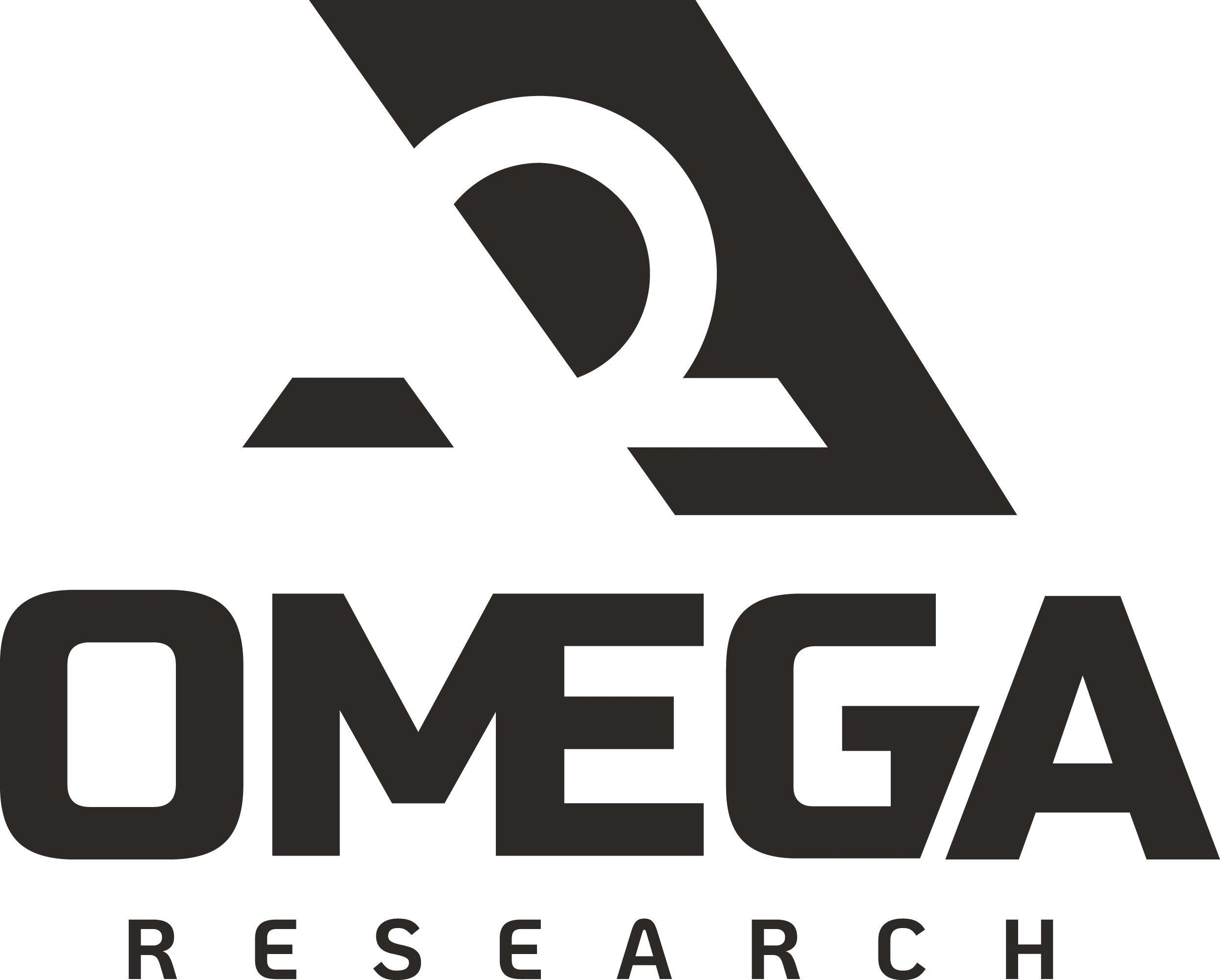What Is Hydrogen Embrittlement?
Hydrogen embrittlement is a type of material failure that happens when hydrogen atoms get into the structure of certain metals—mainly high-strength steel—and weaken them from the inside. The affected part may look fine, pass inspections, and go into service without showing any signs of damage. Then, sometimes days or even weeks later, it cracks under stress.
This isn’t a rare edge case. It’s a known risk in critical industries like aerospace, defense, and anywhere you use fasteners, springs, or structural parts made of hardened steel. If those parts go through processes like electroplating, pickling, or acid cleaning, they can absorb hydrogen. That’s when the trouble starts.
Why Hydrogen Embrittlement Matters
There are two main reasons this test shows up in quality control plans:
Safety:
If a fastener in an aircraft engine, brake system, or structural joint fails under load, the consequences can be severe. Hydrogen embrittlement doesn’t cause gradual wear—it leads to sudden, brittle failure.
Accountability:
When a part breaks in the field, manufacturers often need to prove whether it was due to material problems, process issues, or improper post-processing. Testing before release gives you the data to defend your process and identify root causes quickly.
Many suppliers, especially in aerospace and defense, are required to meet hydrogen embrittlement standards like ASTM F519.
How Hydrogen Embrittlement Happens
- Surface Treatments: Processes like electroplating, pickling, or acid cleaning introduce hydrogen.
- High-Tensile Materials at Risk: Steels with a tensile strength above 1000 MPa are particularly vulnerable.
- Stress + Hydrogen = Failure: The combination of tensile stress and absorbed hydrogen causes delayed cracking.
How Omega Runs the Test
Omega follows ASTM F519, which is the most widely accepted method for evaluating hydrogen embrittlement risk. Here’s what that process looks like in practice:
- Standardized Specimens: 1a, 2a and 5144 We use pre-machined notched bars or other approved specimens such as 1b, 1c, 1d, 1e and 2b. These samples are loaded to a defined percentage of their breaking strength.
- Sustained Load Testing: Once loaded, the samples are held under tension for up to 200 hours. If failures do occur, they typically do so within the first 24 hours but can propagate at any point in the test.
- Environmental Control: Hydrogen embrittlement is sensitive to temperature and moisture. We maintain tight control of environmental factors to ensure repeatable, valid results.
- Visual & Microscopic Inspections: We examine each part during and after the test period for cracks or surface changes. If a failure occurs, we document and report it, along with next steps.
- Optional Pre- and Post-Plating Testing: We can test parts before and after plating or heat treatment to compare the effects of each step in your process.
Every test comes with a clear report showing whether the part passed or failed, how long it held under load, and any visual evidence of damage. If there’s an issue, we’ll help you identify whether it was due to hydrogen exposure, residual stresses, or something else in your production sequence.
Why Choose Omega Research for Hydrogen Embrittlement Testing
Omega Research has built its reputation on reliability and strict adherence with ASTM F519 and related standards. If a test fails, we don’t just move on. We’ll walk you through what happened and help you figure out what to adjust, whether it’s plating times, post-baking procedures, or cleaning steps. Our goal is simple: to give you clear answers and protect your parts from hidden risks.
Related: ASTM F519 Step Load Testing


